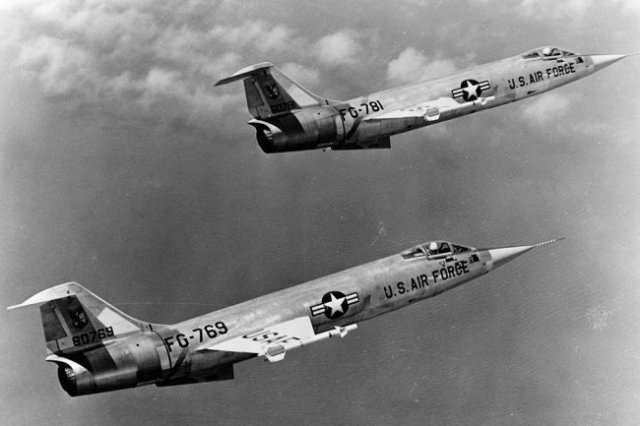The American fighter-interceptor F-104 Starfighter has been named the undisputed leader of the rating of the most emergency aircraft of the Cold War. The list of "flying coffins" also includes the Bulgarian MiG-19, the American F-4 Phantom II, the British Lightning F.6 and the Hungarian MiG-21F.
According to The Aviation Geek Club portal, the F-104 Starfighter developed by Lockheed was actively used by the German army, where, due to the high accident rate, it received the unofficial nickname Widow Maker - "Widowmaker". Entering service in 1962, the aircraft was noted for frequent crashes. By mid-1966, 61 F-104 interceptors had crashed in Germany, 35 German pilots were killed.
"Despite many changes in the design of the aircraft, accidents lasted from 15 to 20 German F-104 crashed annually between 1968 and 1972. Subsequently, the number of crashes amounted to about 10 aircraft per year, until they were replaced," the publication reports.
The reason for the flight accidents was the unfinished design of the aircraft. For example, the wing consoles of the F-104 turned out to be so small that they could not accommodate the landing gear and fuel, and therefore the aircraft designers had to put all this in the fuselage. In addition, the short wings gave the F-104 poor stability to U-turn and the car often broke into a tailspin.
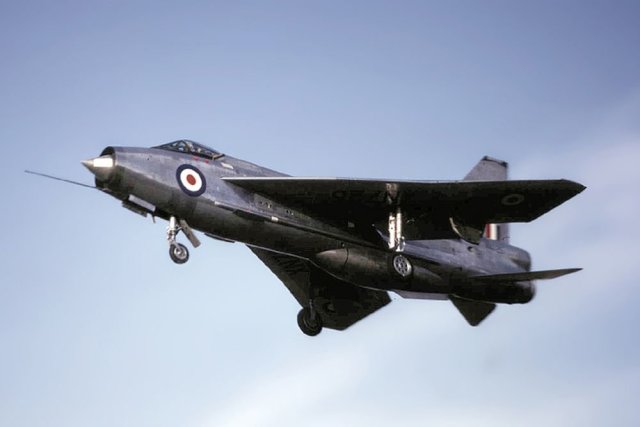
F-104 crashes were also noted in the Air Forces of other NATO countries. As a result, 292 of the 916 interceptors launched crashed, 115 pilots were killed.
A former American military pilot, and now aviation historian Michael Napier believes: a clear indicator of the accident rate is the number of plane crashes per 100 thousand flight hours.
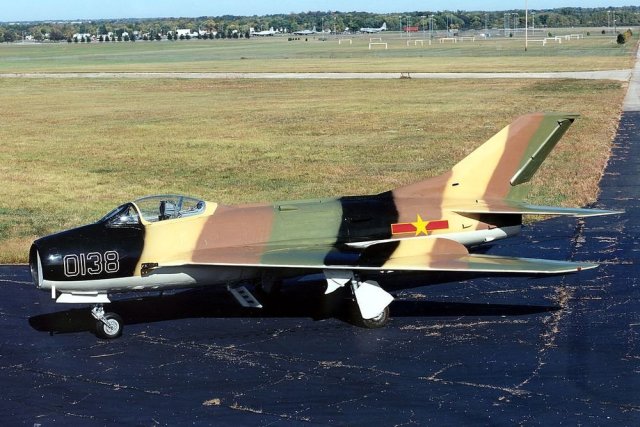
As a result, Soviet MiG-19 fighters in service with Bulgaria lost 100 aircraft in 100,000 hours.
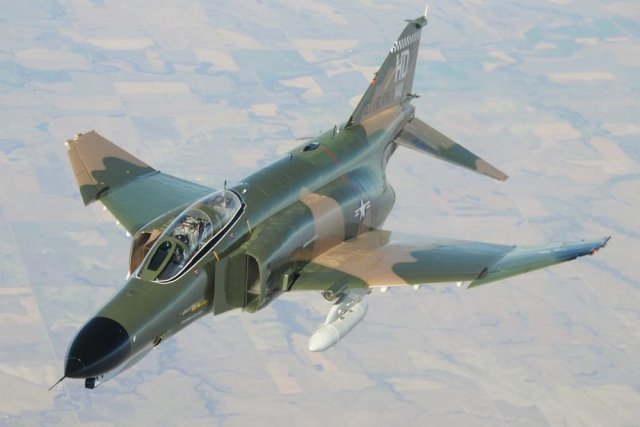
In the period from 1971 to 1975, the loss rate of F-4 Phantom II aircraft in service with the US Air Force was 50 aircraft. The Royal Air Force lost 41 Lightning aircraft, and the losses of MiG-21F in service in Hungary amounted to 30 fighters.
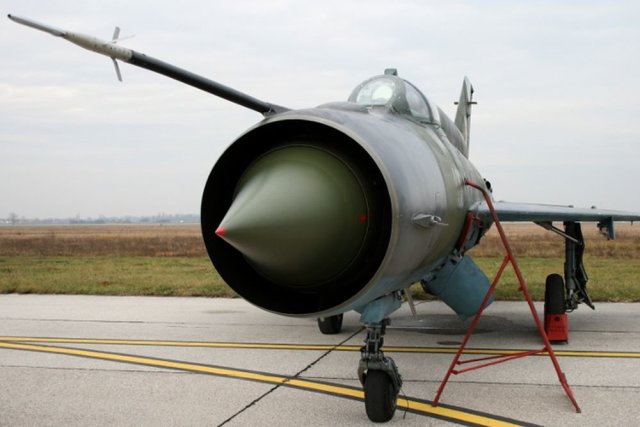
Nikolay Grishchenko
